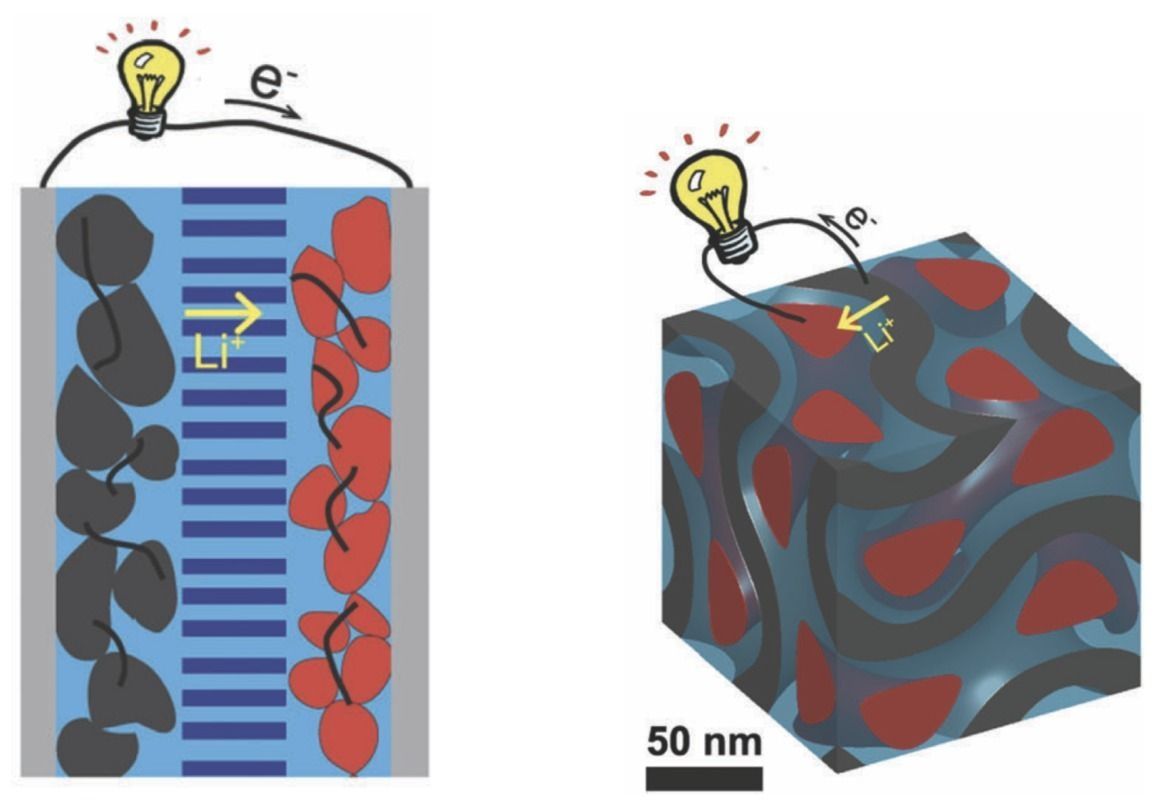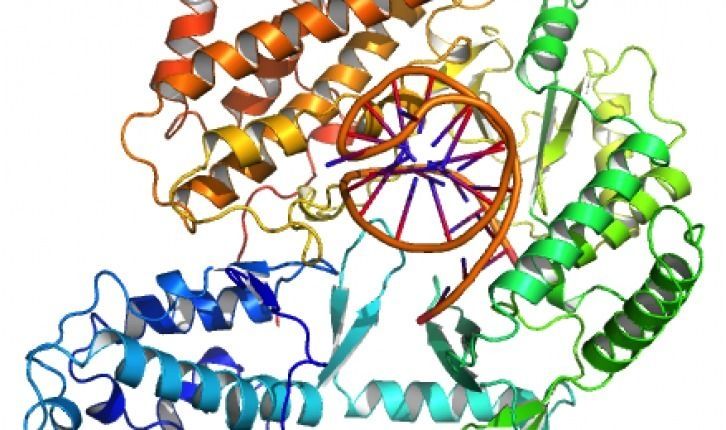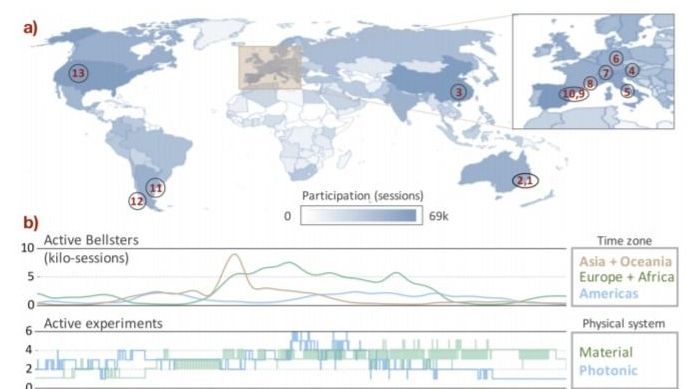Are short codes for locations, for places that don’t have their own street address.



Left: Conventional composite battery design, with 2D stacked anode and cathode (black and red materials). Right: New 3D nanohybrid lithium-ion battery design, with multiple anodes and cathodes nanometers apart for high-speed charging. (credit: Cornell University)
Cornell University engineers have designed a revolutionary 3D lithium-ion battery that could be charged in just seconds.
In a conventional battery, the battery’s anode and cathode (the two sides of a battery connection) are stacked in separate columns (the black and red columns in the left illustration above). For the new design, the engineers instead used thousands of nanoscale (ultra-tiny) anodes and cathodes (shown in the illustration on the right above).

Why do artificial intelligent algorithms sound like a human? Why do AI robots look human? This article looks at why AI algorithms and robots are created to look and sound like a human.
A combination of Viagra and a flu vaccine could treat cancer, surprising new research suggests.
The team at the University of Ottawa found that erectile dysfunction drugs block suppressor cells, allowing natural killer cells to do their cancer-fighting job. The flu vaccine further invigorates the killer cells.

Researchers have the molecular structure of telomerase. This should speed up the discovery of the best activators and inhibitors of telomerase.
Good activators of telomerase has been shown to boost the lifespan of mice by 20%.
Nature – Cryo-EM structure of substrate-bound human telomerase holoenzyme.

Professor Daniel Kahneman was awarded a Nobel Prize for his work on the psychology of judgment and decision-making, as well as behavioral economics. In this age of human/machine collaboration and shared learning, IDE Director, Erik Brynjolfsson, asked Kahneman about the perils, as well as the potential, of machine-based decision-making. The conversation took place at a recent conference, The Future of Work: Capital Markets, Digital Assets, and the Disruption of Labor, in New York City. Some key highlights follow.
P rofessor Daniel Kahneman was awarded a Nobel Prize for his work on the psychology of judgment and decision-making, as well as behavioral economics. In this age of human/machine collaboration and shared learning, IDE Director, Erik Brynjolfsson, asked Kahneman about the perils, as well as the potential, of machine-based decision-making. The conversation took place at a recent conference, The Future of Work: Capital Markets, Digital Assets, and the Disruption of Labor, in New York City. Some key highlights follow.
Erik Brynjolfsson: We heard today about algorithmic bias and about human biases. You are one of the world’s experts on human biases, and you’re writing a new book on the topic. What are the bigger risks — human or the algorithmic biases?
Daniel Kahneman: It’s pretty obvious that it would be human biases, because you can trace and analyze algorithms.

Aurora Flight Services’ Autonomous Aerial Cargo Utility System (AACUS) took another step forward as an AACUS-enabled UH-1H helicopter autonomously delivered 520 lb (236 kg) of water, gasoline, MREs, communications gear, and a cooler capable of carrying urgent supplies such as blood to US Marines in the field.
Last week’s demonstration at the Marine Corps Air Ground Combat Center Twentynine Palms in California was the first ever autonomous point-to-point cargo resupply mission to Marines and was carried out as part of an Integrated Training Exercise. The completion of what has been billed as the system’s first closed-loop mission involved the modified helicopter carrying out a full cargo resupply operation that included takeoff and landing with minimal human intervention.
Developed as part of a US$98-million project by the US Office of Naval Research (ONR), AACUS is an autonomous flight system that can be retrofitted to existing helicopters to make them pilot optional. The purpose of AACUS is to provide the US armed forces with logistical support in the field with a minimum of hazard to human crews.

Nathalie Mezza-Garcia is a political scientist turned “seavangelesse” — her term for an evangelist in favor of living off the grid — and on the ocean.
Mezza-Garcia spoke with CNBC’s Matthew Taylor about what she sees as the trouble with governments, and why she believes tech startups should head to Tahiti.
This seavangelesse is a researcher for the Blue Frontiers and Seasteading Institute’s highly-anticipated Floating Island Project.